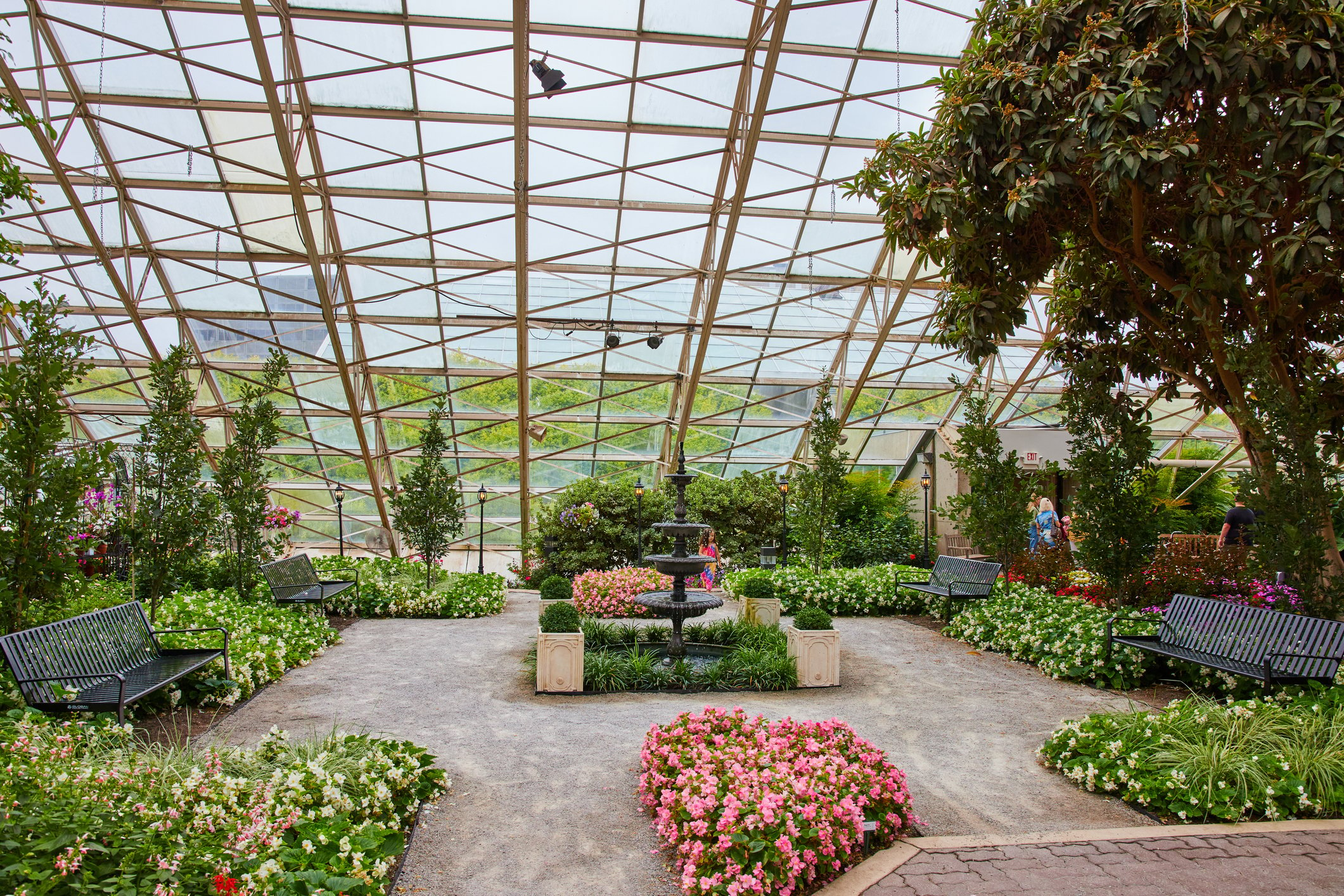Working in the healthcare field is both demanding and stressful. Nurses often face challenges like adjusting to irregular hours, taking on extra shifts, and coping with the emotional toll of losing patients. While healthcare professionals are skilled at problem-solving, healing, and managing pressure, they are not immune to the lasting impact of stress and trauma.
“Even before the pandemic, healthcare workers faced challenging working conditions that lead to burnout. This includes long work hours, risk for hazardous exposures, stressful work, and high administrative burdens,” John Howard, M.D, director of NIOSH, said in a release. “Hospital leaders need support to implement organizational changes. Practical adjustments can reduce burnout and strengthen professional wellbeing within their hospitals.”
Therefore, it is essential to ensure healthcare professionals have access to mental health programs and spaces that promote well being. Incorporating straightforward design changes within hospitals can greatly enhance the mental wellness of healthcare staff.
Massachusetts General Hospital (MGH) in Boston is currently building a 482-bed expansion called Cambridge Street centered around enhancing staff and patient satisfaction, optimizing operational efficiency, and promoting environmental stewardship. Several years ago, MGH’s 150-bed Lunder Building was created with the same goals in mind.
According to Harvard Business Review, The Lunder building offers plentiful access to daylight through a glass-encased stairwell used only by staff, who have adopted the corridor as a de facto meeting space (nicknamed the “stair conference room”). Staff also use this stairwell as a place to “be alone together” and report that they find comfort watching employees traverse the stairwell while they use the space to think and decompress.
Exposure to daylight impacts work-related stress and job satisfaction and is found to affect clinician burnout. Since less noise can reduce stress among caregivers and also help patients recover from illness, the Lunder building uses a variety of sound-absorbing materials and techniques to make the patient floors 35% quieter than typical health care buildings.
An article from Jacobs.com mentions, Peer-reviewed research emphasizes the therapeutic benefits of nature in healthcare settings. Exposure to natural light, greenery, and outdoor views has been linked to reduced stress and better sleep, faster recovery times, and improved overall patient outcomes. One study found that patients with bedside windows overlooking nature healed faster, experienced fewer complications and required less pain medication compared to those with views of brick walls.
The influence of nature’s benefits extends beyond patients. Research shows hospital staff working in environments with natural elements report lower stress levels and higher job satisfaction, and it has a knock-on effect — this leads to better patient outcomes, too. Improving staff retention and engagement directly impacts cost and productivity, too.
Many healthcare facilities are embracing the idea of providing support spaces that allow staff to utilize their break times and choose how they recharge during their valuable moments of rest. For example, some hospitals are implementing restorative zones and including nap areas for staff, situated conveniently close to patient units for ease of access.
Wellness rooms support employees’ mental well-being by providing a designated space for relaxation and stress relief. These wellness rooms usually include yoga mats for stretching and meditation, a cozy reading nook stocked with donated books for staff to enjoy, exercise equipment for physical activity, comfortable seating for relaxation, and decor inspired by nature for a tranquil atmosphere.
Organizations are exploring innovative solutions to support their staff's well-being through nutrition, such as satellite food lockers, mobile ordering apps, and discounted meal programs featuring healthy options.
Given the increasing concern about workplace violence within the healthcare community, hospitals are prioritizing the integration of security measures into their design, construction, and renovation processes. The goal is to create designs that help reduce fear, cut incidence of crime, and improve overall quality of life and well-being for staff and patients.
Healing gardens have become a vital component of hospital landscape design, offering a multitude of benefits for both patients and staff. These serene spaces not only enhance well-being and recovery but also play a crucial role in reducing stress, anxiety, and depression. By incorporating greenery, healing gardens provide a therapeutic sanctuary that fosters physical, emotional, and environmental wellness within healthcare facilities.
In conclusion, implementing design modifications within healthcare facilities can significantly improve the mental well-being of healthcare professionals.






